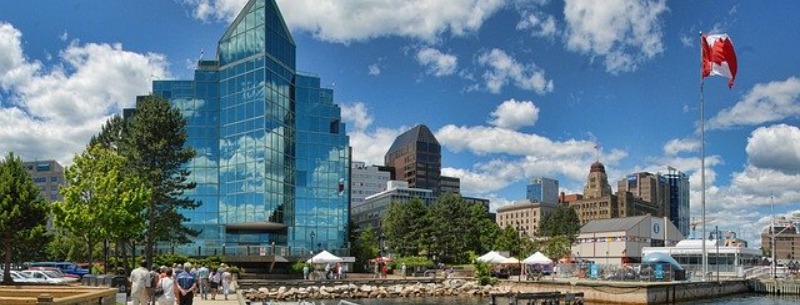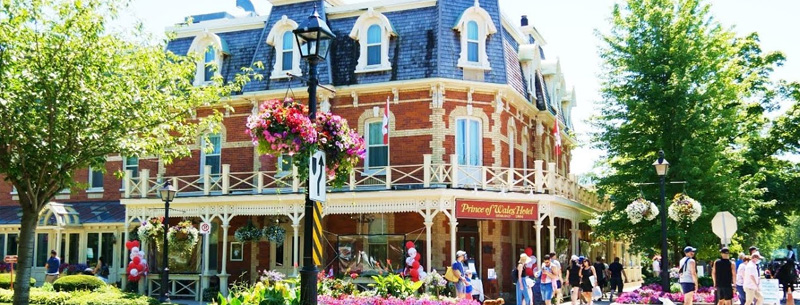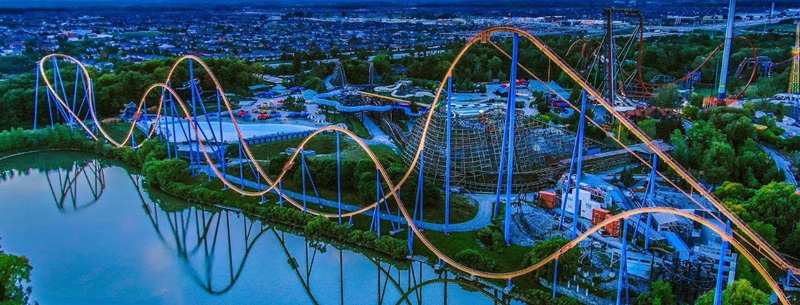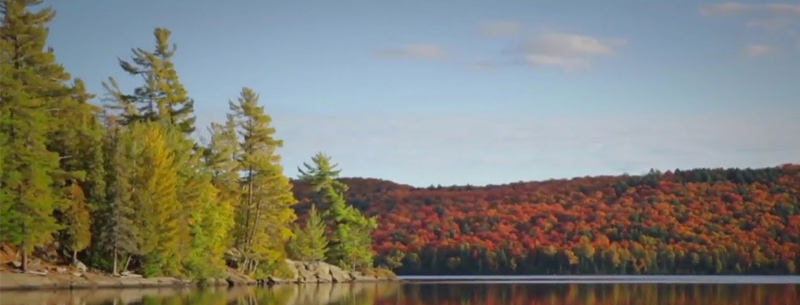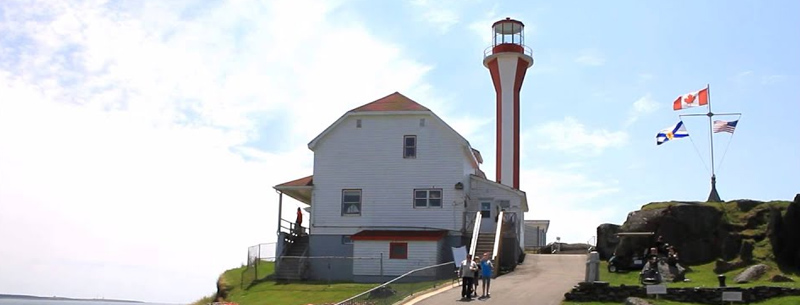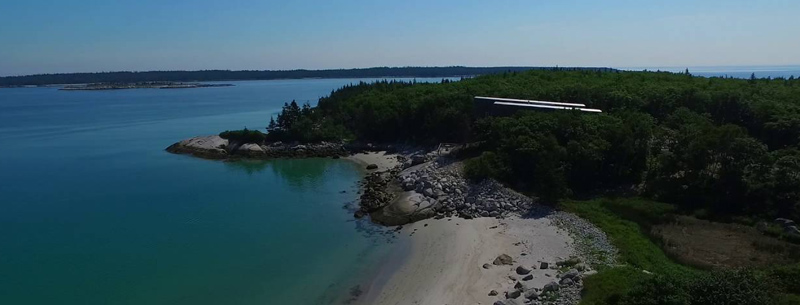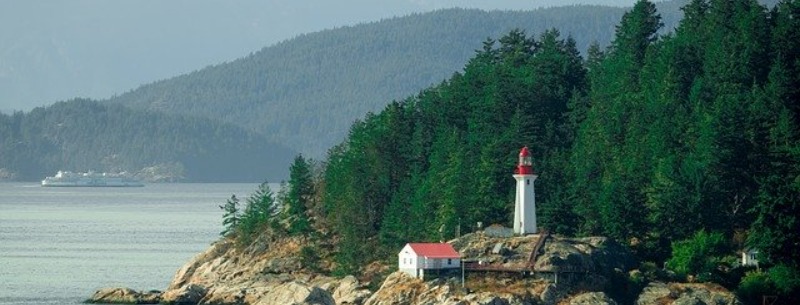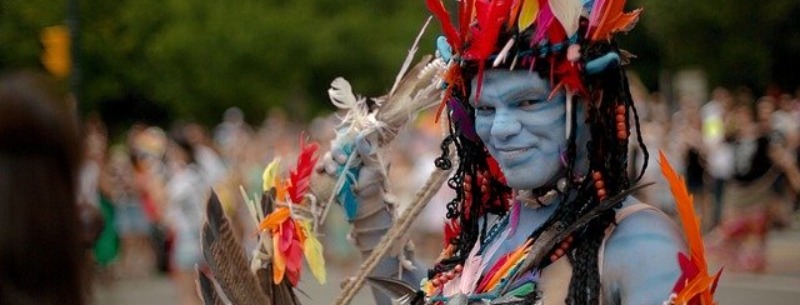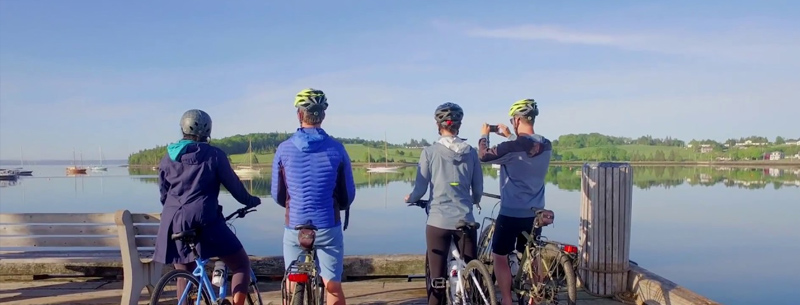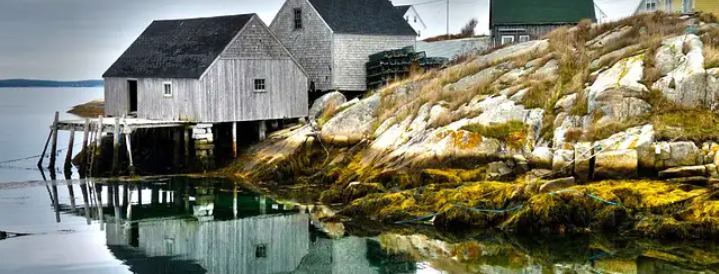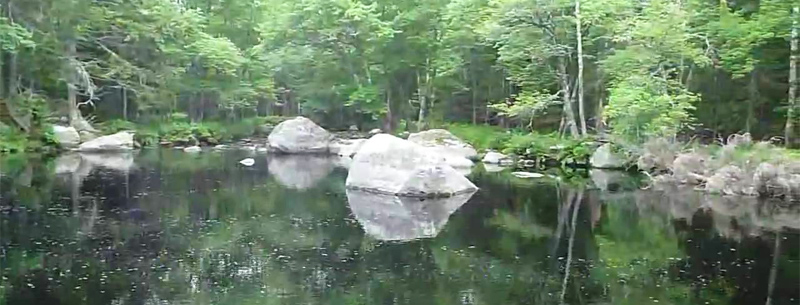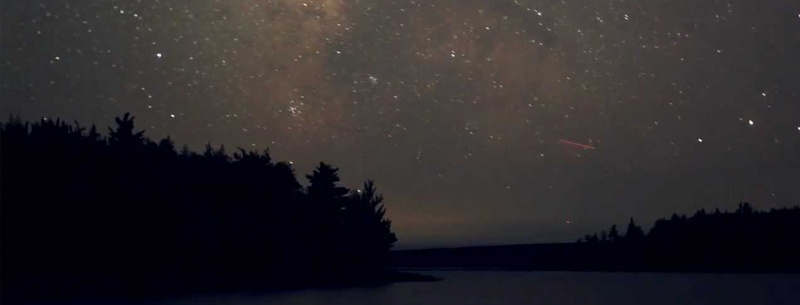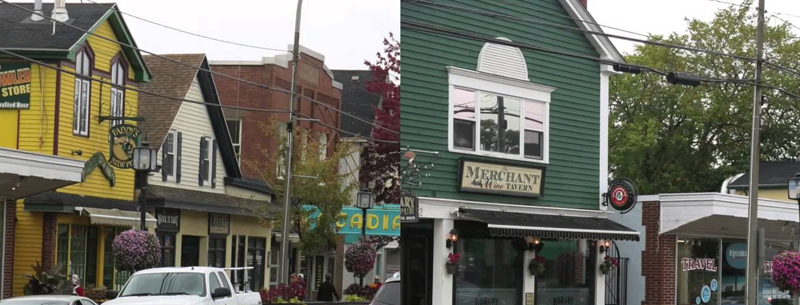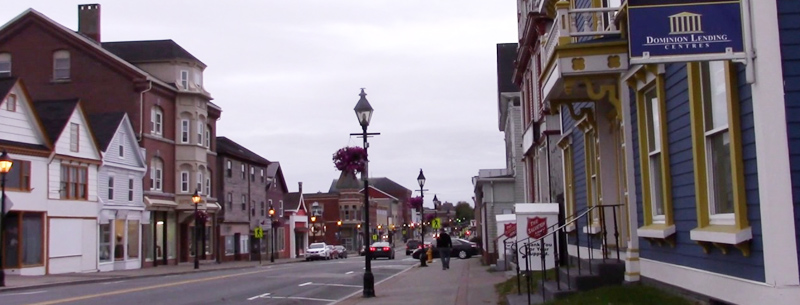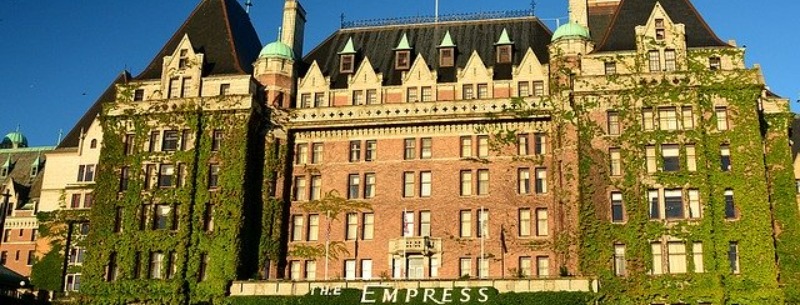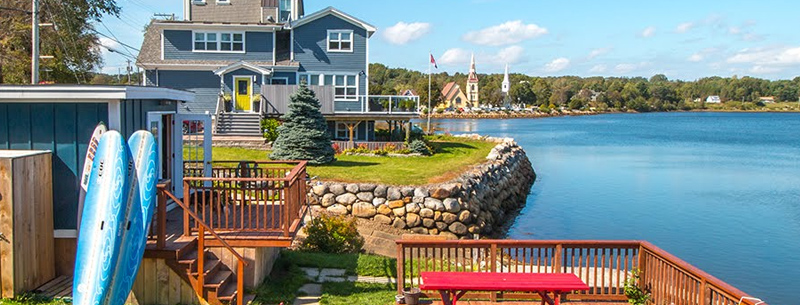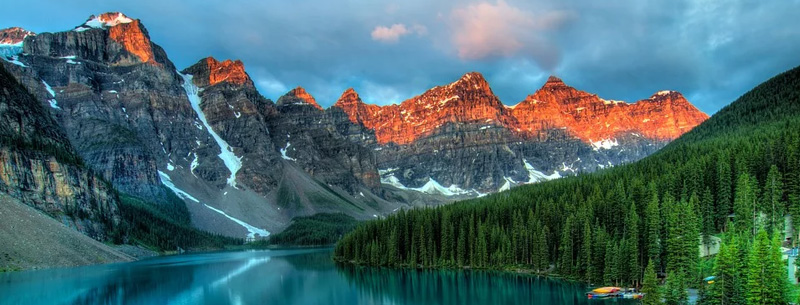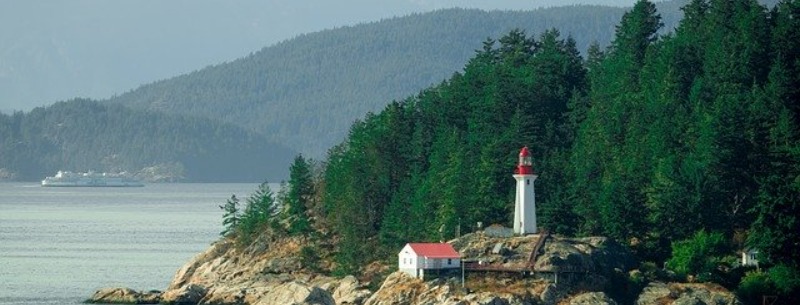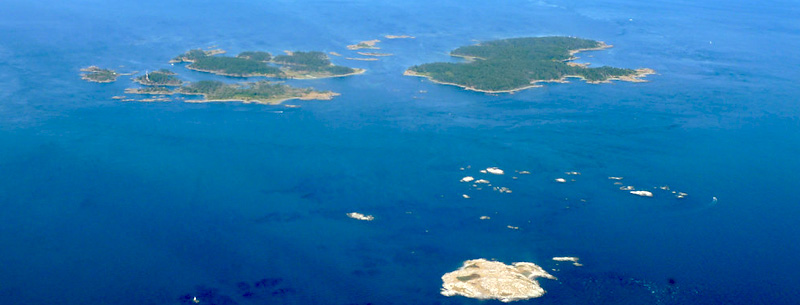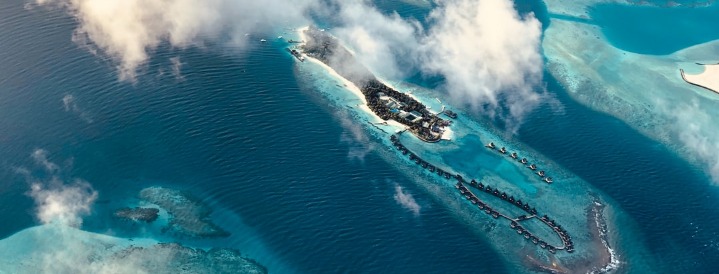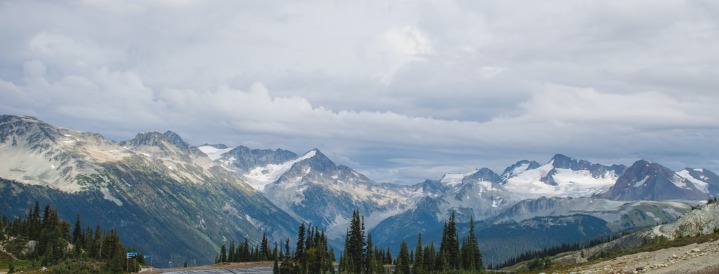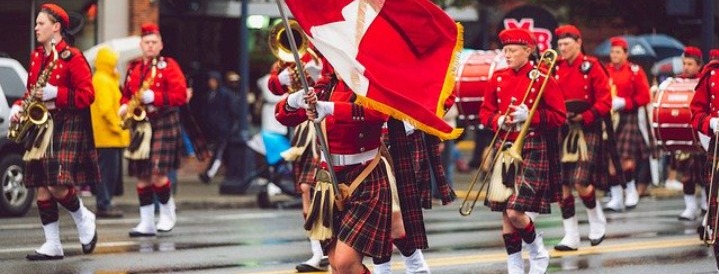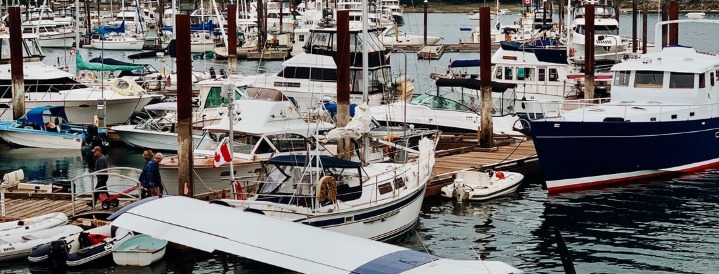2024 Canada Visitors Guide
Canada is the world’s second-largest country with a vastly diverse landscape, from the magnificent Rocky Mountains of British Columbia to the Great Plains in the heart of Canada and the stunning Great Lakes of the southeast. Canada also boasts many world-class cosmopolitan cities, such as Toronto, Montreal, and of course, the country’s capital, Ottawa.
Ottawa is a lively city packed with excellent national museums and many theatres and art galleries. There are several parks and gardens to relax in, as well as a wide choice of cafés, bars, and restaurants. Many visitors start their tour of Canada in Toronto, which is located on Lake Ontario and boasts the lofty CN Tower – a great place to start your trip and just a 90–minute drive away from the mighty Niagara Falls.
There’s so much to see and do in Canada. British Columbia on the west coast is a beautiful province to visit. Here you can explore Vancouver and Vancouver Island or try skiing at the popular ski resorts of Whistler/Blackcomb. Or visit Quebec, an old walled city and now a UNESCO World Heritage site with its distinctly French style.
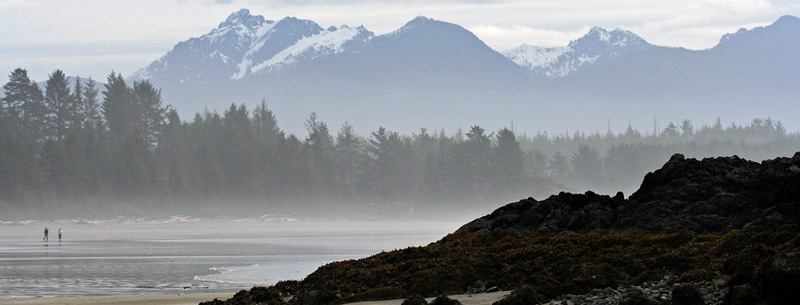
Newfoundland has a long rugged coastline with small picturesque villages. St John’s is the oldest city in North America and you can see amazing views from Signal Hill. For hikers, Labrador is also great for exploring, as is the outstanding Gros Morne National Park.
It’s easy for the visitor to explore Canada with its incredibly efficient roadways and highways, intercity buses, and public transit systems. Flights are available to and from all key cities in Canada, primarily Toronto, Montreal, and Vancouver, from all major gateways in Europe and the USA.
There is accommodation to suit all budgets in Canada from deluxe hotels and motels to guesthouses and hostels. For a room in the city, expect to pay handsomely but there are plenty of cheaper options outside of central areas such as bed and breakfasts and hostels.
Canada Family Travel Guide
When it comes to fun and excitement, a family vacation to Canada cannot be beaten. Canada is split into ten provinces (think states), which can be grouped into regions: Western Canada, Central Canada, Atlantic Canada, and Northern Canada. Each region has its own unique personality. It is worth doing good research in order to pick which piece of Canada is just right for your personal family vacation. It has been said that travelers who journey to Canada often leave a little piece of their heart behind. See if this is true for you by planning your unforgettable Canada family vacation today!
Western Canada
The region referred to as Western Canada comprises four provinces: British Columbia, Alberta, Saskatchewan, and Manitoba. Each one is unique and special in its own way. British Columbia, often called the West Coast, borders the Pacific Ocean and has all the natural bounty and wealth you would expect from such an advantageous location. The other three provinces are called The Prairie Provinces. British Columbia is a haven for outdoor enthusiasts. Its natural bounty, consisting of the Pacific Ocean and the Rocky Mountains, provides ample opportunities for enjoying the great outdoors. There are 14 park designations in British Columbia, but the most popular is Glacier National Park. The cities in British Columbia are well worth visiting, as well. Vancouver was home to the 2010 Olympic Games and is a modern, bustling city. Victoria is the capital of B.C. and is a major tourist destination. The British Columbia Parliament Buildings and Butchart Gardens are also well worth a visit. In the Southern part of Manitoba, Saskatchewan, and Alberta, some of the best grain in the world is grown. From this comes the name Prairie Provinces. However, these three provinces offer more than beautiful, fertile farmland.
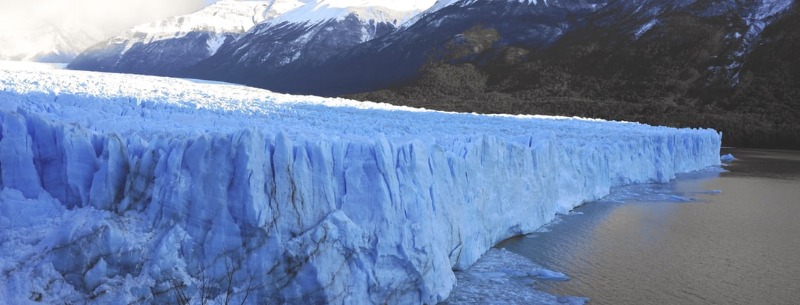
While they are not as heavily touristic as the West or East coast of Canada, families can find plenty to keep them busy among the beautiful majestic mountains and plains. Manitoba is home to Lake Winnipeg, which is one of the largest lakes in the entire world, boasting beautiful world-class beaches to enjoy in the summer months. Manitoba is culturally eclectic and diverse, so it hosts many ethnic festivals that are big draws for tourists. Especially popular is Folklorama, which is where many different ethnic groups come together to showcase their decadent cuisine, rich culture, and upbeat entertainment. Saskatchewan is where you are most likely to see those beautiful, golden sheaves of wheat. Mostly flat, Saskatchewan contains enchanting green forests, crystal clear lakes, and more than 80 million acres of beautiful wilderness. The province of Alberta is bordered by the Canadian Rockies on the west, so, in this province, expect plenty of skiing and snowboarding opportunities. The cities in Alberta are well worth a visit, as well: Calgary hosts one of the most famous rodeos in the world, and Edmonton is a modern, thriving city and oil center.
Central Canada
Central Canada consists of the two most populous and touristic regions in Canada: Ontario and Quebec. Despite its name, the term Central Canada applies to the fact these two provinces are the economic and political center of Canada. Their geographic location puts them in the Eastern half of the country. The name Ontario is derived from the Iroquois word for Shining Waters. Toronto is the heart of Ontario, and is, in fact, the heart of English Canada. Toronto has a population of 3.5 million, so the city can be a bit overwhelming at times. Start your vacation on Yonge Street, which starts on the glimmering shores of Lake Ontario and stretches for 1,000 miles into the Canadian wilderness. Also in Toronto, is the Royal Ontario Museum, which contains nearly five million human artifacts, fossils, and gems. Quebec is famously French-speaking, and if planning part of your Canadian family vacation here, it is a good idea to have a few French phrases handy. Montreal is the largest city in Quebec and has a lively population of around three million. Montreal is known for its European flair and cosmopolitan offerings. The city is easily navigated through Le Metro, the underground subway system.
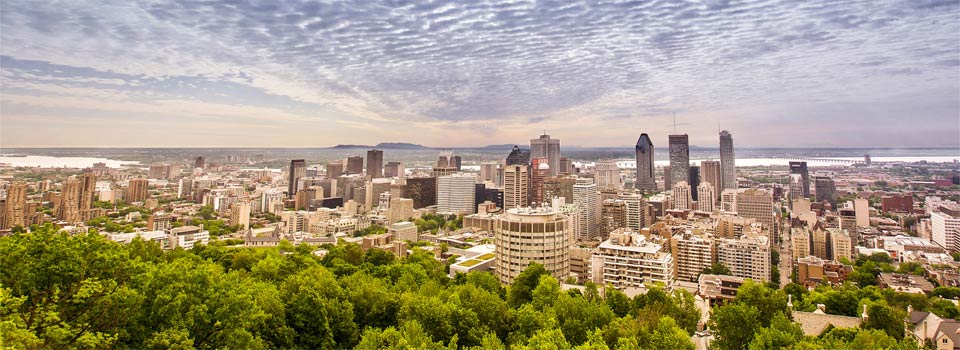
Atlantic Canada
Atlantic Canada is geographically the smallest portion of Canada, however, in terms of family activities and beautiful scenery, Atlantic Canada is bursting at the seams. Atlantic Canada is comprised of New Brunswick, Nova Scotia, Prince Edward Island, Newfoundland, and Labrador. The population of all these places put together is still less than the population of the city of Montreal, so a family vacation here guarantees ease, comfort, and serenity. New Brunswick, like its neighbor Quebec, still retains its French roots. Come to New Brunswick if you and your family enjoy eating: the oysters, clams and other seafood offerings are world-famous. New Brunswick also has 1,400 miles of coastline to enjoy. Nova Scotia is distinctly Scottish in its personality, which makes it a fun and lively place to visit. Halifax is the capital of Nova Scotia and is considered by many to have the most beautiful harbor in the world.
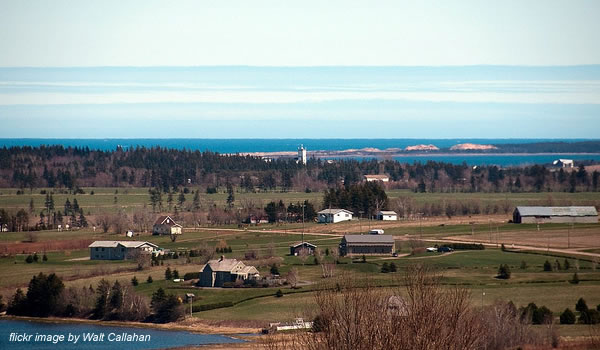
Prince Edward Island is the smallest province in Canada. The more than 1,100 miles of coastline, however, offers plenty of swimming opportunities on sandy beaches. Prince Edward Island is a huge tourist destination, but the locals are friendly and the accommodations are welcoming and comfortable. To get a real feel of the beauty of the island, plan to spend a good chunk of time in Prince Edward Island National Park, which is protected and preserved for travelers to enjoy the pristine beauty. Newfoundland is the largest of the Atlantic Provinces and is a great place for history buffs to go: the ruins of a Viking outpost are still visible, and the capital city of St. John is flush with historic sites. St. John is an unbelievably charming town and offers unique shopping and dining experiences. Just across the Strait of Belle Isle from Newfoundland is Labrador, which is often grouped together with Newfoundland, but is worth exploring in its own right.
Northern Canada
Northern Canada is where you head if you are interested in icebergs, glaciers, whale watching, and pristine Northern beauty, still remaining untouched by man. Northern Canada consists of the Yukon, the Northwest Territories, and Nunavut. The Yukon is still an active gold mining location, but tourism is becoming a large source of revenue for the area. In order to get to the Yukon, you must either fly in or take a boat through the Inside Passage, where the glacier walls around you will take your breath away. The Yukon—and, indeed, the entire Northern Canada—may be best attempted in the summer, as winter temperatures have been as low as -70 degrees.

The Northwest Territories offer lots of summertime outdoor activities, including canoeing, speed boating or just rafting down the Mackenzie River. Nunavut is the newest territory and Canada and is still home to many local Inuit families. Many Inuit families lodge travelers in their homes, which makes for a very unique experience. Hunting, fishing, and wilderness exploring are all popular activities in Nunavut. Canada is a land of contrasts; from some of the largest, most cosmopolitan cities in the world to the tiniest of fishing villages still functioning in a native manner in northern Canada. Canada is a land of wonder and amazement. Explore this tantalizing territory with the whole family clan.

